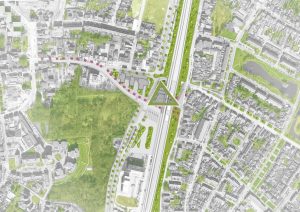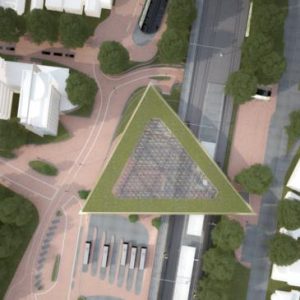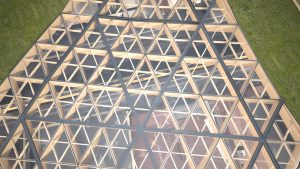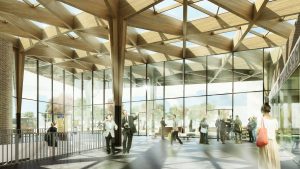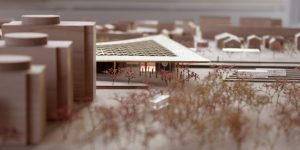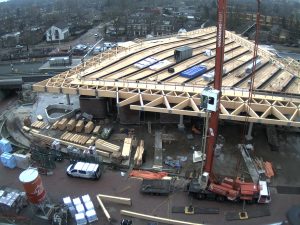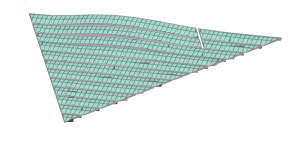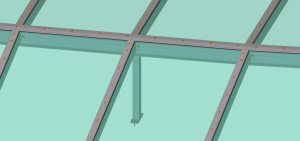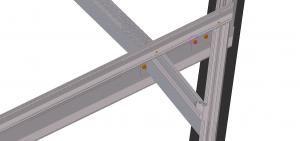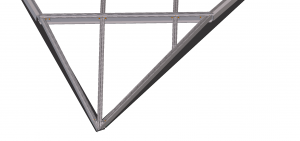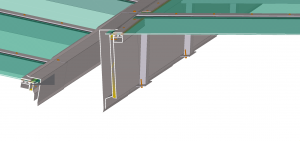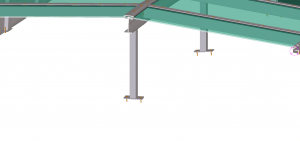Station ASSEN
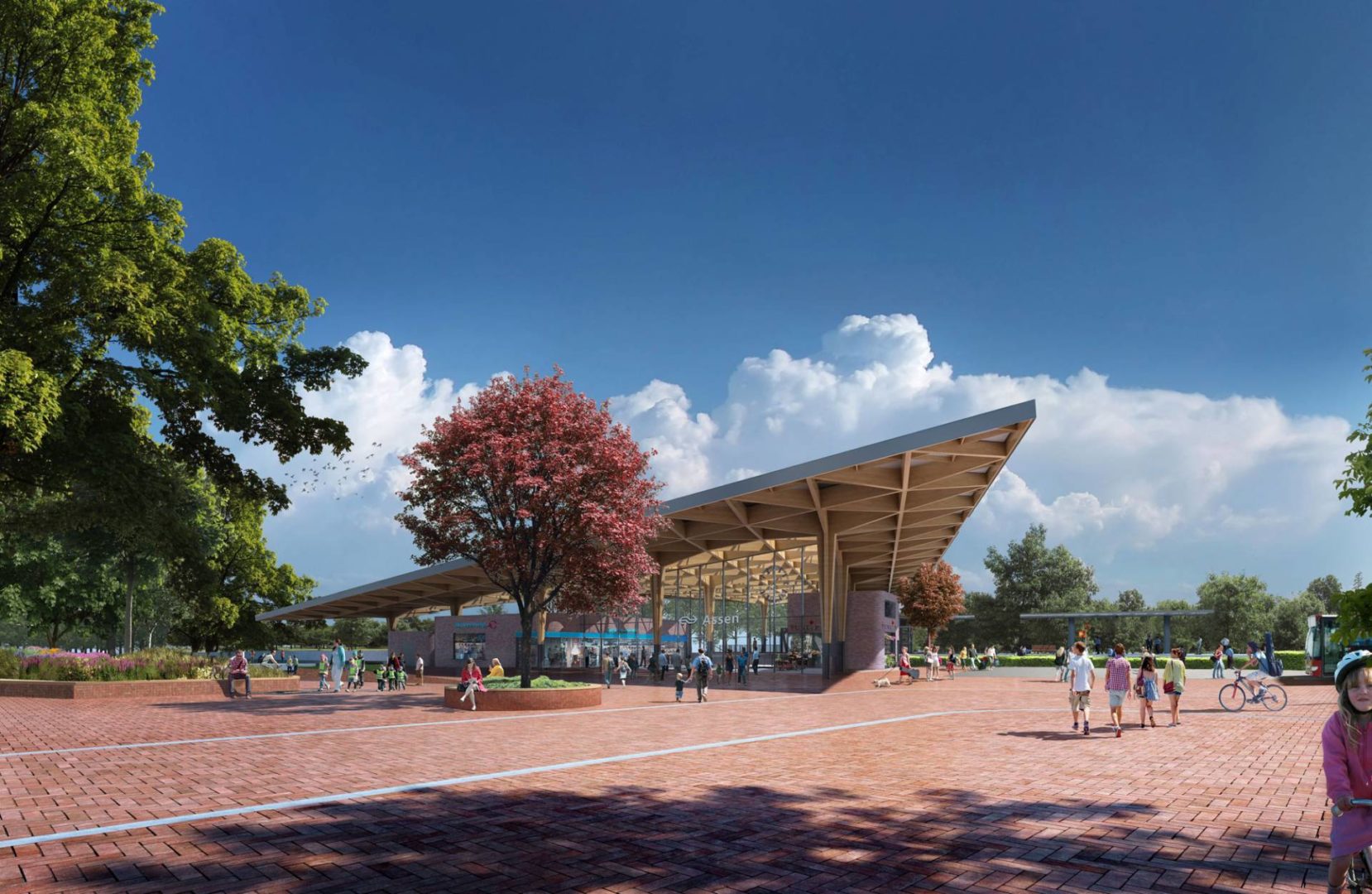
| Kategoria | Projekty infrastrukturalne |
|---|---|
| Rok | 2018 |
| Kraj | Benelux |
| Organizacja | Licotec Daklicht BV |
| Autor | Frank Berns |
| Klient | Hegeman Bouw & Infra |
| Miejsce budowy | Assen |
| Tags |
Projectomschrijving
De transformatie van Station Assen is nu in uitvoering. Eind 2018 is het station gereed en wordt het tijdelijke station weggehaald.
Assen
Assen is de snelst groeiende stad in het noorden; de groei gaat gepaard met meer woon- en werkverkeer en in de toekomst ook meer treinen. Daarom groeien het spoor en het station in Assen mee. Voor reizigers gaat er de komende jaren veel verbeteren op en rond het station Assen. Met een compleet nieuw stationsgebouw, extra fietsenstalling, verbeterde toegang en een beter spoor en nieuwe verlaagde toegangsweg wordt reizen via Assen comfortabel en snel.
Nieuw stationsgebouw voor Assen
In 2016 is gestart met de bouw van het nieuwe station en het nieuwe stationsplein. Het ontwerp van station Assen heeft een stedelijke uitstraling en geeft het station allure. Opvallend aan het nieuwe station is de grote driehoekige luifel. Deze luifel verbindt alle stationsonderdelen met elkaar. Het gebouw is beter toegankelijk dankzij de nieuwe toegang via een tunnel aan de oostkant, met een lift, en bredere trappen. Perron 1 wordt langer en breder gemaakt, zodat hier ook intercity’s kunnen stoppen. Onder het station komt bovendien een ruime nieuwe fietsenstalling voor 2600 fietsen. Het gebouw kent een logische indeling en heeft straks voorzieningen die bijdragen aan een aangenaam verblijf.
Uitdagingen
De grote golvende driehoekige luifel is de uitdaging van ons project. Randvoorwaarde voor de lichtstraten is een vertrekhoek van 5°-7°. De basis voor onze constructie wordt gevormd door houten goten die de golven in de luifel in een rechte lijn volgen. De aluminium roedeprofielen zijn op de hoge zijde van de goot geplaatst. Aan de andere zijde worden ze verlengd met een vierkante koker waaraan een voetplaat is gelast voor de bevestiging. In de nok zijn de roedeprofielen gekoppeld bij het I-profiel. Het I-profiel geeft de lichtstraat stabiliteit. De tweede uitdaging was het maken van de juiste tools om het model makkelijk, snel en correct op te zetten. Hierbij is gebruik gemaakt van C# (.net API van Tekla) en de gebruikers componenten. Dit zijn ideale onderdelen van Tekla. Dit heeft geholpen bij de reductie van het aantal muisklikken en het laten plaatsen van de onder constructie.
Succes
Het succes is te danken aan de keuze te starten met detailleren in 2D en het maken van het presentatiemodel en de productie informatie in 3D. Dit heeft het mogelijk gemaakt om de werkstroom in de productie en op de bouw goed te vervolgen. Simpele maar effectieve hulpmiddelen zijn gemaakt voor het plaatsen van de aluminium constructie in het 3D model. Dit met behulp van details en de trigonometrische functie. Bijvoorbeeld is er een detail voor het zagen en uitzagen van de roede, een dummy profiel voor het eenvoudig plaatsen van de raveling en een detail voor het plaatsen van de beglazing en de zetwerken toegepast. Deze hulpmiddelen zijn makkelijk te maken en te gebruiken. Daarnaast zijn deze goed te onderhouden en uit te breiden.
Project description
The transformation of Station Assen is currently under construction. The station will be completed and the temporary station will be removed by the end of 2018.
Assen
Assen is the fastest growing city in the north; the growth is accompanied by more commuting and more trains in the future. That is why the railway track and the station in Assen are growing. For travellers there will be a lot of improvement in the coming years on and around the Assen station. With a completely new station building, extra bicycle parking, improved access and a better track and new underpass , traveling through Assen will be comfortable and fast.
New station building for Assen
In 2016 the construction of the new station and the new station square started. The design of Assen station has an urban appearance and gives the station allure. Striking at the new station is the large triangular wavy roof. This roof connects all station parts together. The building is more accessible thanks to the new access via a tunnel on the east side, with a lift, and wider stairs. Platform 1 is made longer and wider, so that intercity trains can also stop here. There will also be a large new bicycle parking facility for 2600 bicycles under the station. The building has a logical layout and will soon have facilities that contribute to a pleasant stay.
The construction is based on a concrete foundation with steel pillars. A wood construction is used to create the triangle wavy roof. On that wavy roof skylights are created by Licotec. The skylights are made off aluminium, in house designed profiles (mullion, transom), with an 8 mm clear polycarbonate (PC) plate and aluminium flashing.
Challenges
The triangular wavy roof is the challenge in this project. The constraints were roof angles 5°-7° and the base of the wooden gutters that follow the wave of the roof in a straight line. The aluminium mullion profiles are placed on de high side of the gutters. On the other side the mullion is supported/extended by a square tube. Both sides are mounted with a base plate on the gutter. The middle support, where the aluminium mullion profiles connect, is an I-section profile.. The I-section gives the aluminium construction stability. The other challenge was to create tools to make modelling easy and fast. The custom components and C# are ideal tools in Tekla structures. This helped a lot to reduce mouse clicks. The 3d trigonometric functions were used to place the profiles.
Success
The success is the result of the decision to start detailing in 2D and generating the presentation model and information needed for production in 3D. This enabled us to keep good track of the workflow in our production as well as on the building site. Simple, yet effective, tools were created to place the aluminium construction in the 3D model. For example advanced details for editing custom profiles, placing the glazing and flashing and dummy profiles to simplify the placing of the transoms. The created tools helped making the modelling easy and fast. They are also easy to maintain and extend.
